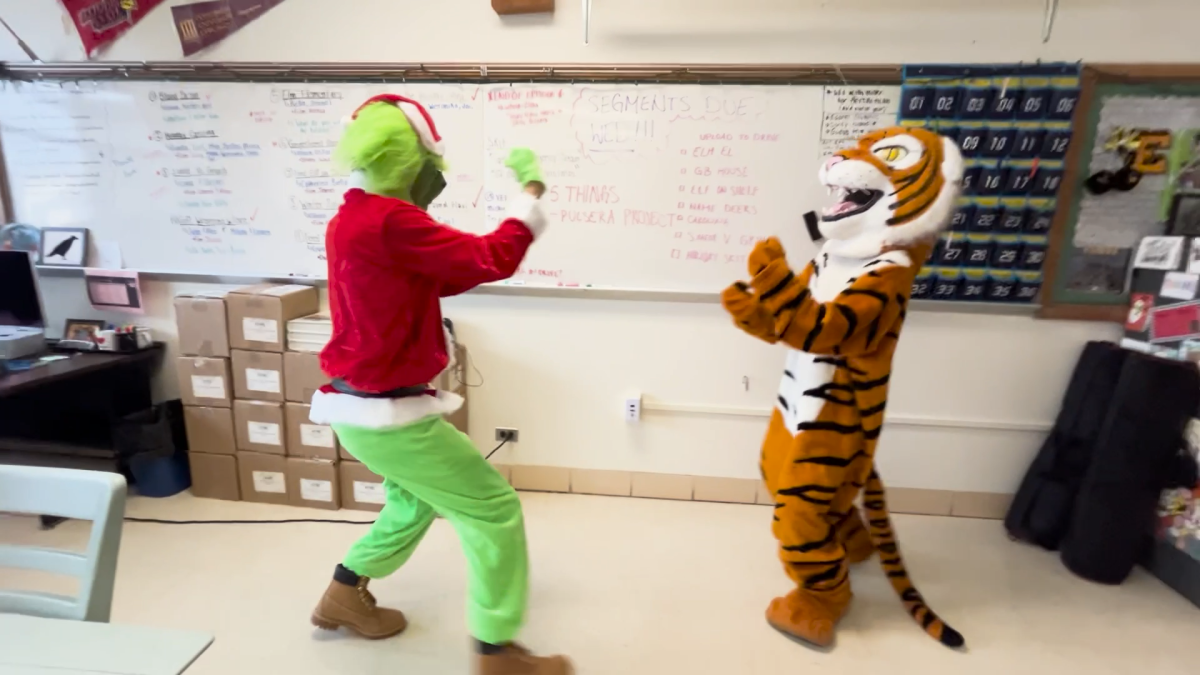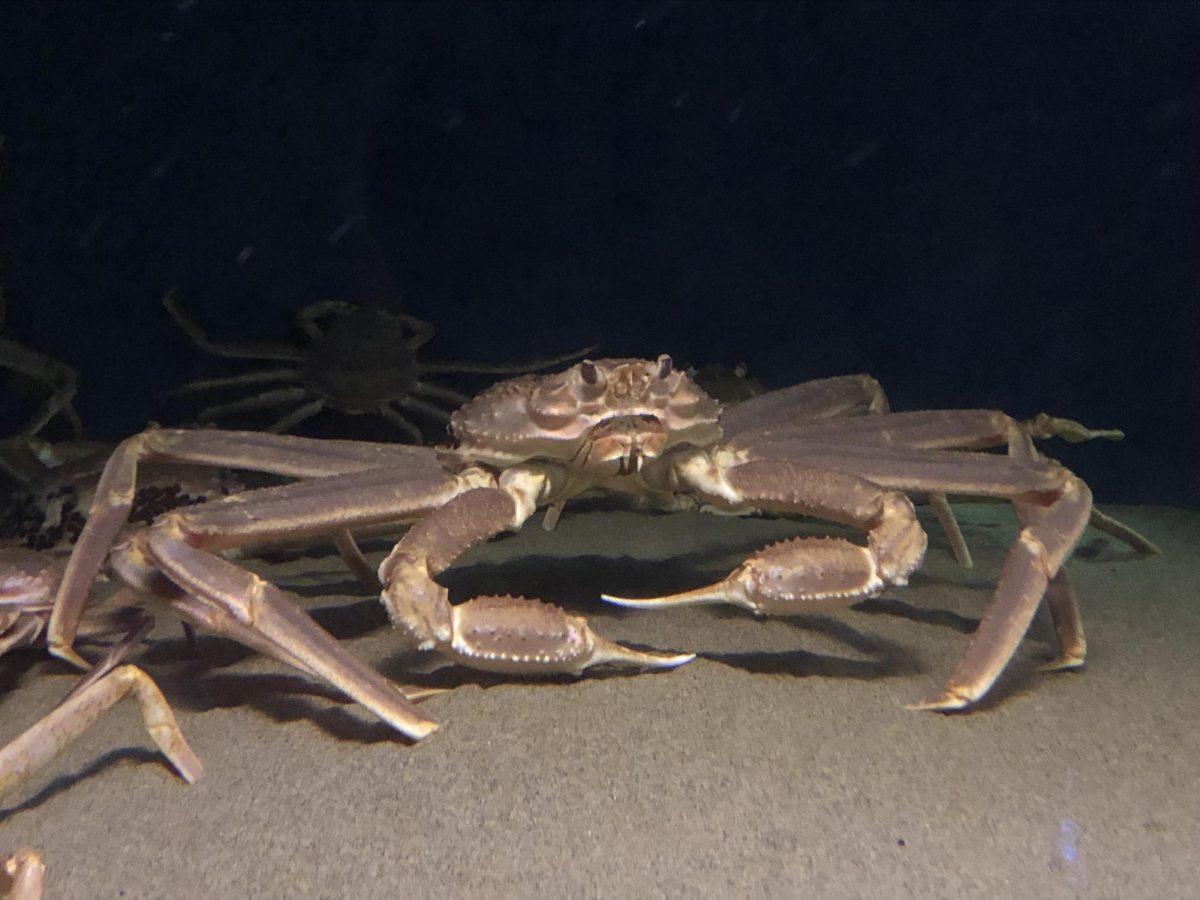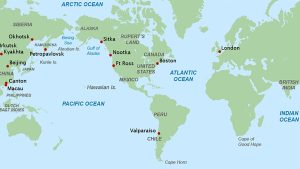In the years of 2018-2021, around 10 billion snow crabs suddenly completely began to vanish from the Bering Sea, which caused the largest argument and confusion between scientists in what could’ve happened. It has only been recently discovered in 2023 what really truly caused the disappearance of these crabs.
What are snow crabs?
Snow crabs are named after the climate in which they live in, the coldest parts of the North Atlantic and Pacific Oceans. The water temperature in these areas is always below 4°C. The crab has a small body with long, thin legs. These crabs usually live for around 6 years and reside inshore, where the seabed is muddy or sandy. They are seen at depths from 20 to 1,200 meters and usually found around 70 to 280 meters. A recent survey shows a strong decline of the snow crabs from 11.7 billion in 2018 to 1.9 billion in 2022, leaving scientists strongly concerned with where they disappeared to.
2018-2021
Between the years 2018-2021, it was noticed that around 90% of the population was simply just disappearing, yet nobody understood where. Scientists had their theories and thoughts but nothing was able to be confirmed at the time because this wasn’t a story that was spoken of a lot, especially since it happened in the span of a few years. Scientists had their beliefs that the crabs weren’t really disappearing but simply dying due to climate change: the harsh temperature changes of the waters eventually killed them. Researchers in Alaska would report that the fishery looked healthy, although somehow these crabs vanished in the span of three years leaving yet again confusion. Yet, more theories continued to surface. Scientists believed that either all these crabs had died or that they simply all migrated somewhere else. The theory of migration was quickly crushed when it was discovered no surrounding waters had an increase in crabs, as well as the fact that these aren’t the type of sea life to just get up and leave. This is what led scientists to begin to follow up the fact that it was the possibility of multiple indirect environmental impacts, especially climate change.
What really happened?
After plenty of research and searching for a potentially migrating population, scientists have come to a more harsh conclusion. A study published by the National Oceanic and Atmospheric Administration found that the billions of snow crabs were not in fact migrating to a new home. They were more suffering from what can be called the largest mortality collapse known to the species. Even though researchers were aware of the fact that such a large amount of crabs were missing, the reason was yet to be discovered. The root cause of the disappearances was simply warm water due to climate change. Studies were able to show that snow crabs typically live in temperatures no more than 2°C, but they can still handle an upward of 12°C. Unfortunately, studies have also shown that a two year marine heat wave was the main cause of the sudden disappearance. The temperature pushed the crab’s caloric needs higher and also seemed to draw other fish into the water to feed on the crabs’ food supply. The conditions continue to become more common due to climate change, with the snow crabs being a strong example of what is going on with our sea life.
Conclusion
With climate change continuing to affect sea and land life, there will not likely be many more snow crabs in these same areas. Scientists hope to see the population recover in another areas, and try to believe that this won’t happen again; although, no promises can be made with how climate change continues to affect our world. Snow crabs are just one example out of many.
Works Cited:
- Newcomb, Tim. “10 Billion Crabs Suddenly Vanished From the Bering Sea. Now We Know Why.” Popular Mechanics. popularmechanics.com. October 25, 2023.
- Pezzetti, Leah. “What scientists believe caused Bering Sea snow crabs to disappear and how the population can be restored”. K5, king5.com. October 10, 2023.
- Royal Greenland, royalgreenland.com.





















